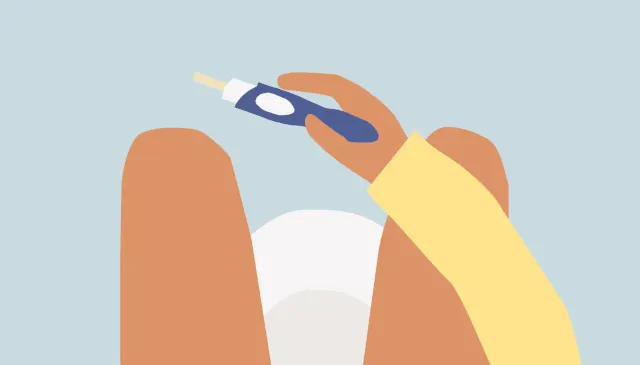Here's what we'll cover
Here's what we'll cover
There are two main ways to stop a pregnancy: abortions carried out in clinics using surgical methods, and abortion pills. The choice is often based on how far along the pregnancy is. Both methods are safe, effective, and very common.
Abortion medications
The medications that can be used to end a pregnancy are effective up until around the 11th week of pregnancy. These medications are available in clinics and online, but access may be restricted in some states.
There are two medications used together to stop a pregnancy: mifepristone and misoprostol. Mifepristone works by blocking a hormone called progesterone, which is required to support a pregnancy. By blocking progesterone, you can end a pregnancy. The second medication, misoprostol, works by stimulating the uterus to release the pregnancy. Together, these medications are about 95–98% effective at safely ending a pregnancy up to the 9th week of gestation (Gatter, 2015). While they become less effective as the pregnancy progresses beyond that point, they are still around 85% effective for people who are 10–11 weeks pregnant, and a second dose can bring those numbers up to 97% (Carbonell, 1999).
Surgical pregnancy termination
About half of pregnancy terminations in the US are performed using surgical abortions (also known as “dilation & curettage” or D&C). Surgical pregnancy termination can be done into the second trimester of pregnancy and beyond, depending on the circumstance, making it a more favorable option beyond 11 weeks of pregnancy. It may also be a better option if the medications don’t work for someone. This procedure can be done in a hospital or a clinic with local anesthesia (meaning you don’t necessarily need to be put to sleep for the treatment, though your healthcare provider will decide).
During the procedure, the opening of the uterus, called the cervix, will be dilated, or opened further, using specialized tools and/or medications, and then a separate tool is used to remove the fetus.
How to get an abortion
Since abortion options vary by state, health status, and how far along the pregnancy is, it’s important to learn about your options. Planned Parenthood is a helpful resource if you would like to learn more. You can go to https://www.abortionfinder.org/ to see what options there are near you. Even if you live in a state where abortion is not legal, there are organizations that can help you navigate getting access to care.
While an unwanted pregnancy can be daunting, there is a wide range of safe and effective options available, as well as organizations that are entirely dedicated to providing safe access to those services.
DISCLAIMER
If you have any medical questions or concerns, please talk to your healthcare provider. The articles on Health Guide are underpinned by peer-reviewed research and information drawn from medical societies and governmental agencies. However, they are not a substitute for professional medical advice, diagnosis, or treatment.
Carbonell, J. L., Varela, L., Velazco, A., et al. (1999). Vaginal misoprostol for abortion at 10-13 weeks' gestation. The European Journal of Contraception & Reproductive Health Care: The Official Journal of the European Society of Contraception , 4 (1), 35–40. Retrieved from https://pubmed.ncbi.nlm.nih.gov/10367194/
Gatter, M., Cleland, K., & Nucatola, D. L. (2015). Efficacy and safety of medical abortion using mifepristone and buccal misoprostol through 63 days. Contraception , 91 (4), 269–273. Retrieved from https://pubmed.ncbi.nlm.nih.gov/25592080/









